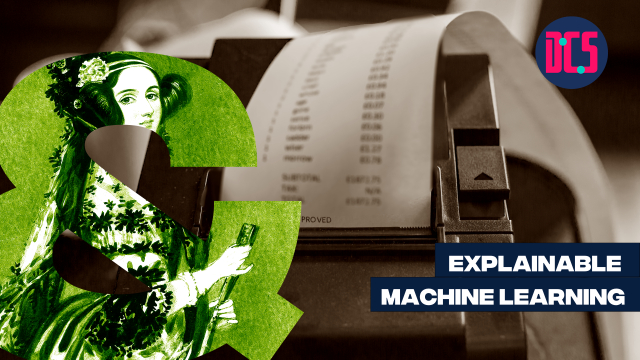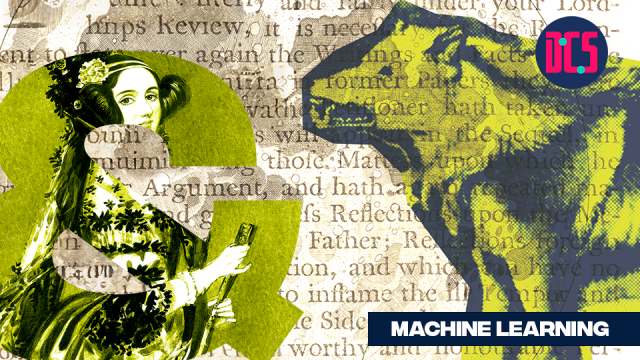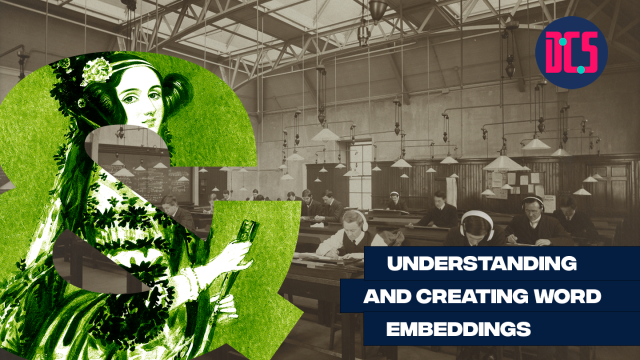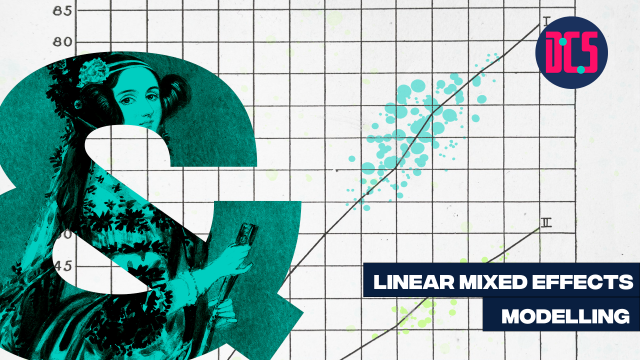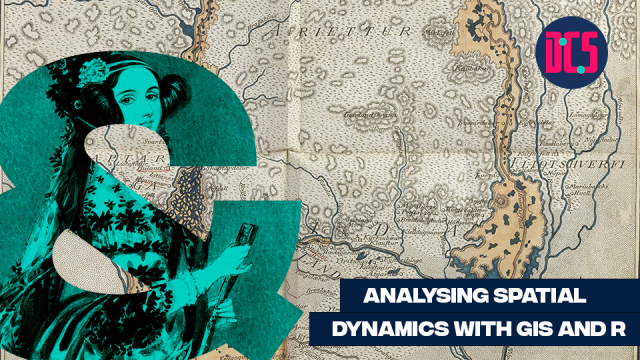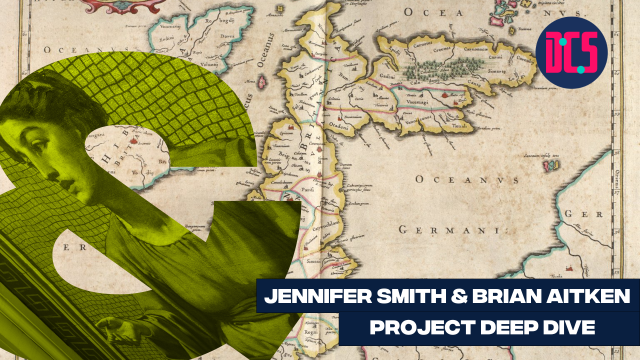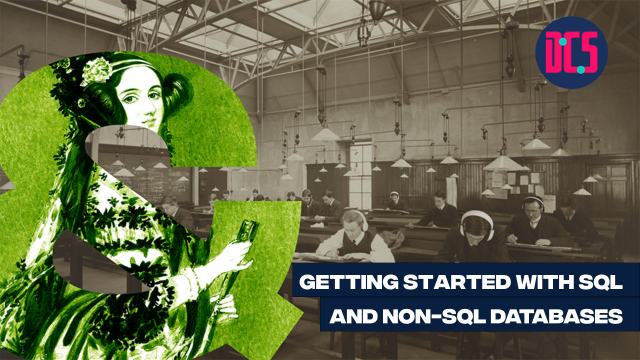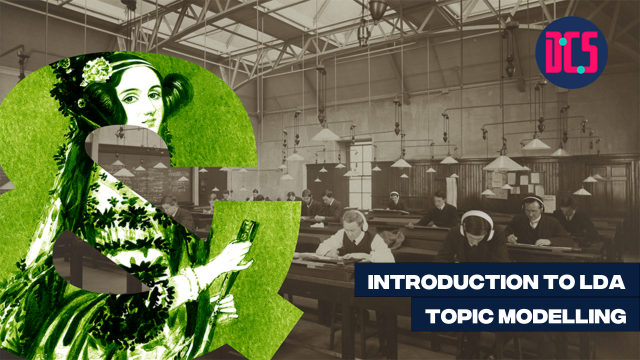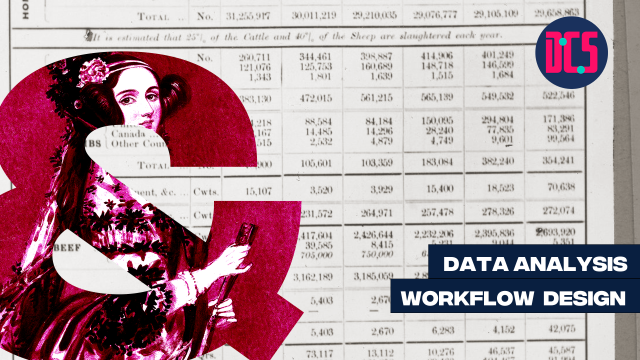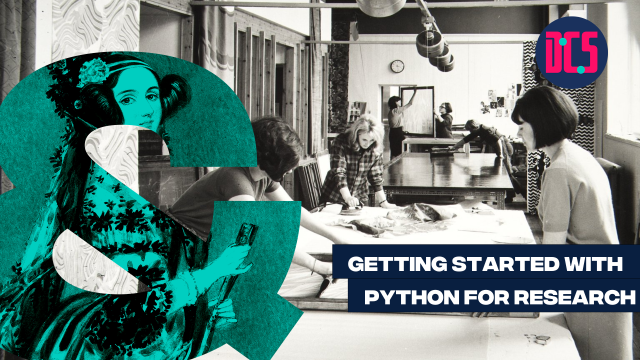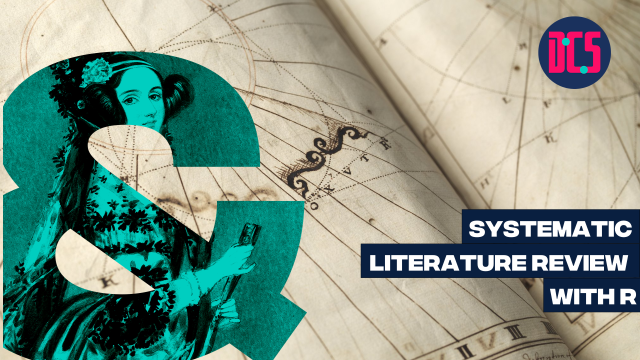Digital Method of the Month: Statistics
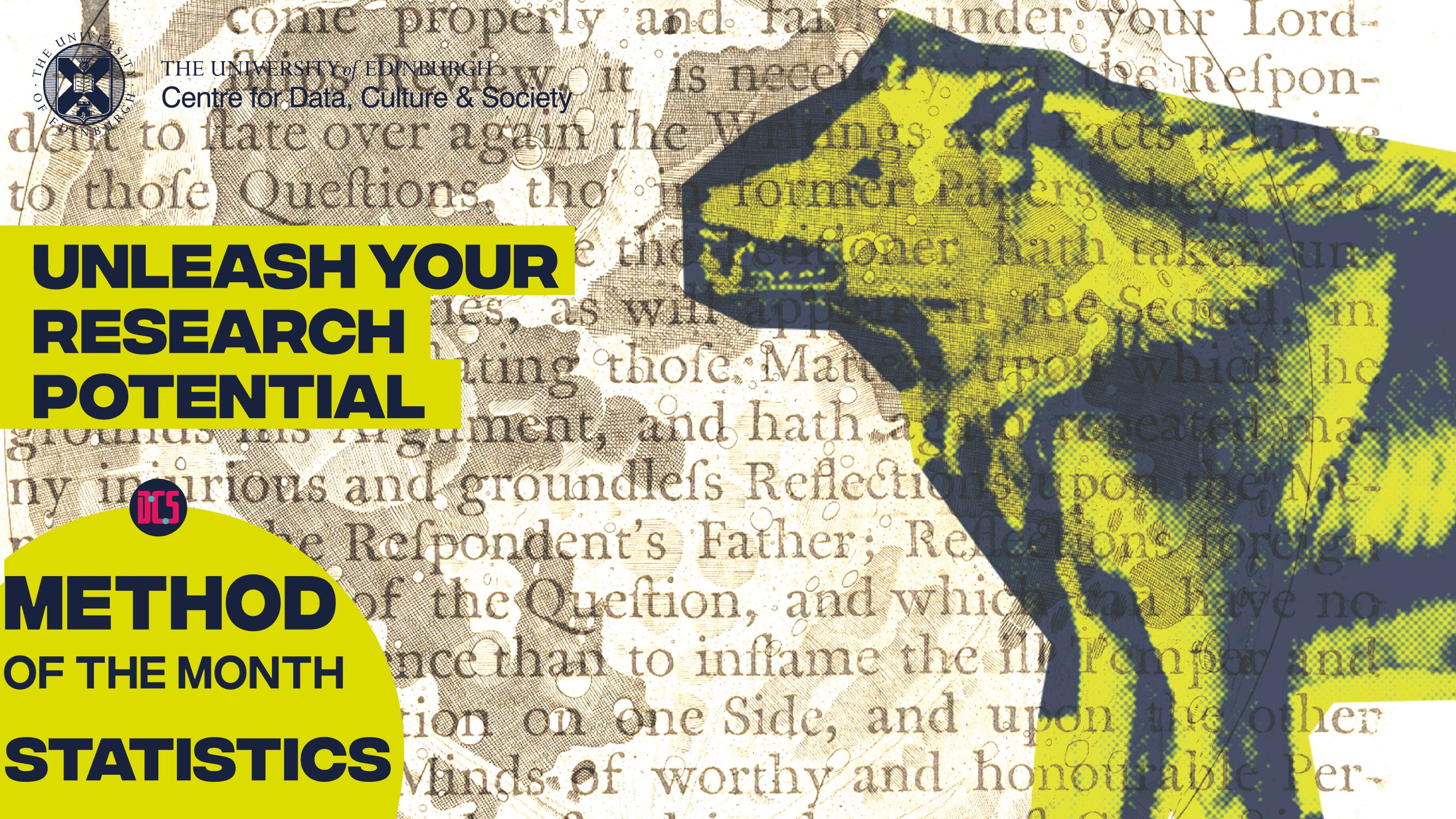
Have you seen a presentation on digital research methods and wondered if they are applicable to your work? Are you interested in learning new digital skills but unsure where to start?
This is the right place for you!
The digital method of the month meeting is a safe space to freely discuss the practicalities of learning and implementing a new digital skill in your research.
Each month we select a method, and we have an honest and practical discussion on what it takes to learn and master it. How much time will it take to get the basics? What are the software options available? What are the most common pitfalls? Where can you find more info on the subject? Etc...
The method of this month is Statistics. A big part of analysing datasets hinges on statistical principles. Join us to discuss the main principles and techniques to do with summarising and inferential statistics. During the meeting we will discuss good practices and possible pitfalls, as well as which tools are available to analyse research data.
No previous knowledge of the method is needed. This training event will be held via Microsoft Teams.
Due to high demand for our training events, our cancellation and no-show policy applies to bookings for this event. Click here for details of this policy.

